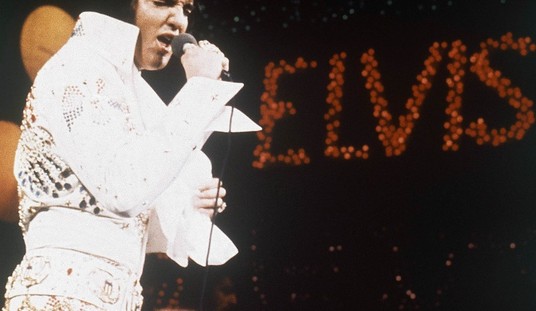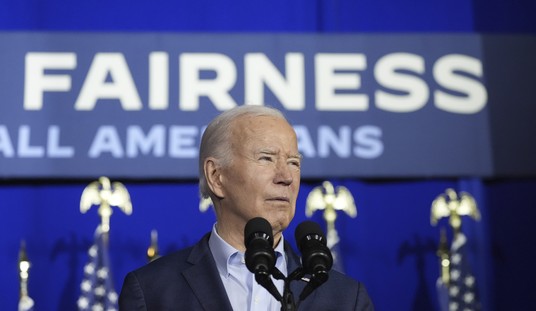Fed Chairman Ben Bernanke confessed he was puzzled by the economy’s weakness, “admitting that the recovery was weaker than expected and that beyond temporary factors like supply chain disruptions in Japan and high energy prices, he was at a loss as to what was causing the soft patch.” The Soft Patch Spring of 2011 follows the Summer Swoon of 2010, according to a Credit Suisse analysis.
Concerns about a soft patch in the economy are intensifying, and with good reason. Payroll growth stumbled badly last month, and the ISM Manufacturing Index fell sharply. First quarter GDP was soft and recent figures raise doubt about a widely forecasted Q2 rebound. The stutter in the economic data is reminiscent of last summer’s “double-dip” scare, which, in hindsight, turned out to be a garden-variety growth slowdown.
… The current slowdown, as of now, appears less dangerous than the one that we experienced in the summer of 2010. Financial conditions are more supportive of growth than they were a year ago. Consumer sentiment is higher. The labor market is on firmer footing, despite last month’s jobs disappointment. Retail demand is trending at a faster clip. Household wealth is higher. An extra year of economic growth, profits, retained earnings, and cash holdings has added a layer of insulation for the corporate sector, which makes it better able to withstand the occasional cooling in final demand.
Even though things seemed better than 2010, Credit Suisse concluded in another circular that the risks of the 2011 Spring Soft Patch were not inconsiderable. “Members of the Federal Open Market Committee will gather next week (June 21-22) amid a notable slowdown in domestic economic activity, resurgent concerns about the Eurozone periphery, and an impasse in government debt ceiling negotiations. The skies are also clouded by accelerating core inflation rates.”
Bernanke’s hope is that the underlying causes were transitory and that the coming challenges would pass. His apparent plan was to remain in a holding pattern and wait on events. “In his speech last week, Bernanke also strongly implied that neither a new stimulus program nor a near-term tightening move (whether it be a balance sheet adjustment or an actual rate hike) is on the table.” However, the Fed Chairman’s speech did little to calm observers. The DOW, S&P 500 and NASDAQ all lost significantly on the uncertain note he sounded in his conference. On thing Bernanke seemed determined to fight at all costs was deflation, something a “determined Central Bank” should do. While there was no mention of a QE3, the Chairman argued that imposing debt limits was the wrong thing to do.
Speaking to an audience that included Republican Congressman Paul Ryan, Fed Chairman Ben Bernanke called the status quo “unsustainable” while warning that failing to raise the debt ceiling could have disastrous consequences. A few weeks from the end of QE2, Bernanke gave no hint as to the path for monetary policy after June 30.
That wait-and-see attitude, couple with the note of doubt in his recent speech suggests that the confidence he once reposed in his bag of solutions has been shaken by events. “Humbled by a question on his stark criticism of Japanese policymakers before the “lost decade,” Bernanke said he’s “a little more sympathetic to Central Bankers now than ten years ago.” Still, Bernanke avoided responding on whether the U.S. could be entering its own lost decade by highlighting the success of his QE policies in averting deflation. “A determined central bank can always do something about deflation.” Fighting deflation was the one fixed point in his universe at all events.
The discussion underscores how little economists really know about how the global economic system works. In particular it illustrates the limits of the Fed Chairman’s understanding. Bernanke’s actions have been based on a model which, like other economic models, contain large gray areas. Stuff happens in the economy that cannot be accounted for in these paradigms. There are some things to which the answer is “I don’t know”. To the question, ‘why is there a soft patch?’ there are only a bunch of maybes. Ben Bernanke really has no choice but to make a multi-trillion dollar bet on the workings of his model and most of the world has no alternative but to hope that he’s right. Bernanke is not infallible. Consider this video from the past.
“No Way In” print edition at Amazon
Tip Jar or Subscribe for $5









Join the conversation as a VIP Member